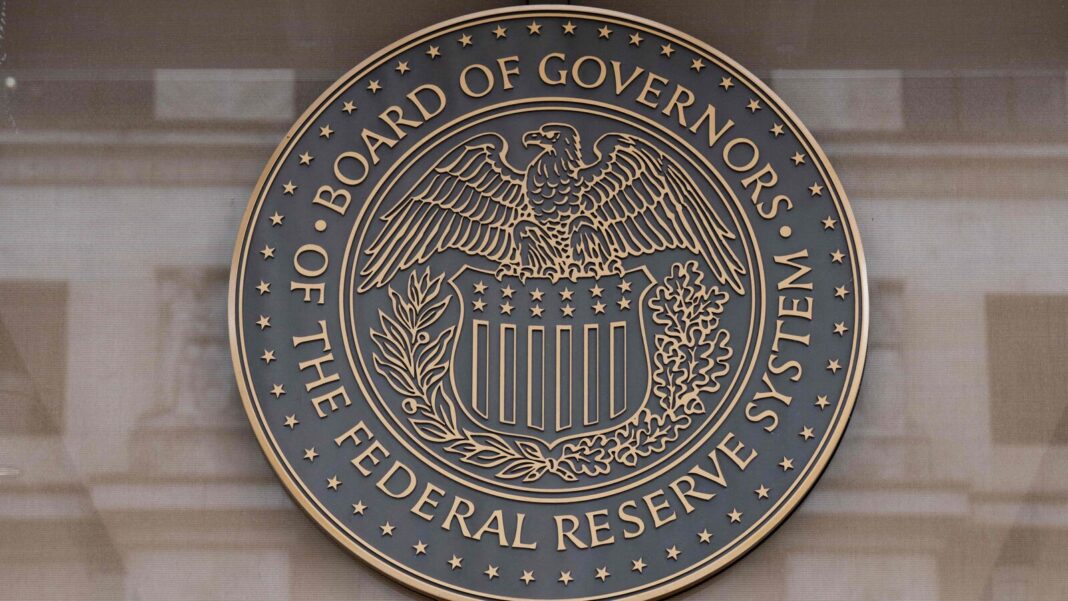With global investors awaiting the outcome of the US Federal Reserve’s meeting later tonight, September 18, a study conducted by Capitalmind Financial Services showed that Indian markets have displayed resilience over the past two decades, largely unaffected by the US Fed’s stance.
The study indicated that while Fed rate hikes often triggered an initial negative reaction in Indian equity markets, a recovery typically followed the next day. Over time, the Nifty consistently outpaced, or at worst, matched the S&P 500 in local currency terms.
Recent retail sales data pointed to strong consumer spending despite concerns about a potential US recession. This scenario mirrors the 2007 rate-cutting cycle, which began on the same date, three months before the Great Recession.
Global markets are now focused on the Fed’s decision, with anticipation building for the first rate cut since March 2020 as inflation edges closer to the 2 percent target. The primary question remains whether Fed Chair Jerome Powell will opt for a 25 or 50 basis point cut—and how this decision will affect Indian markets. Reducing benchmark interest rates could lower US borrowing costs and influence other central banks reviewing their monetary policies this week.
Impact of Fed Cycles on Indian Markets
The US Fed has alternated between easing and tightening cycles six times over the last 34 years. The study highlights that during the Fed’s easing cycle from July 1990 to February 1994, the Nifty surged by 310 percent. The subsequent major uptrend occurred during the tightening cycle between June 2004 and September 2007, with a 202 percent gain for the Nifty.
However, certain tightening phases saw negative returns for the Nifty, including a 23 percent drop from February 1994 to July 1995 and a 14 percent fall from March 1997 to September 1998. The median Nifty return the day after Fed announcements, which occurred after Indian market hours, was a modest -0.2 percent.
Anoop Vijaykumar, Head of Research and Investments at Capitalmind, highlighted that out of 78 Fed announcements in the last 34 years, the Nifty posted gains on 50 occasions in the trading session that followed.
He also pointed out that 1995 was a unique year for both rate hikes and cuts by the Fed. He further explained that, following the global financial crisis (GFC) of 2008, the Fed maintained historically low rates until 2016, when it initiated a series of rate hikes after years of quantitative easing. He said the COVID-19 pandemic disrupted this trajectory, leading to emergency rate cuts before inflationary pressures forced the Fed to implement a series of aggressive rate hikes, pushing rates to levels not seen in over two decades.
The study further revealed that in the past three decades, the Fed’s most frequent action was a 25-basis-point (bps) hike, implemented 39 times. Notably, a 50-bps rate cut, which occurred 10 times during this period, led to a median Nifty return of +1.6 percent. In contrast, a 25-bps cut typically resulted in a more subdued -0.5 percent median return. Extreme outliers also emerged, such as the nearly 7 percent drop in October 2008, following a 50-bps cut during the GFC meltdown.
Current Expectations and the Big Question
As of mid-September 2024, market watchers anticipated the Fed’s announcement of a 25-bps cut at its upcoming policy meeting. Recent retail sales data indicate strong consumer spending, despite possible US recession concerns, suggesting the economy remained resilient. The study also noted an interesting historical coincidence: the rate-cutting cycle in 2007 began on the same day, three months before the onset of the Great Recession.
The pressing question for the markets was whether Fed Chair Jerome Powell would opt for a 25-bps or 50-bps cut and how this decision would affect Indian markets. A rate cut would likely reduce borrowing costs for US companies and signal monetary easing to other central banks, many of which were also scheduled to review their policies around the same time.
The study by Capitalmind Financial Services underscored the complex interplay between Fed actions and Indian equity markets. While rate cuts generally favoured equities, Anoop Vijaykumar reminded investors that interest rates were only one factor in the broader system that influenced market direction.
As the global financial landscape continues to evolve, Indian markets remain resilient, but vigilant monitoring of key economic indicators and Fed policy shifts would be crucial for sustained success.
Disclaimer: The views and recommendations made above are those of individual analysts or broking companies, and not of Mint. We advise investors to check with certified experts before taking any investment decisions.
Catch all the Business News , Market News , Breaking News Events and Latest News Updates on Live Mint. Download The Mint News App to get Daily Market Updates.
MoreLess


